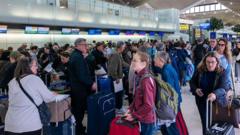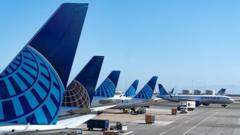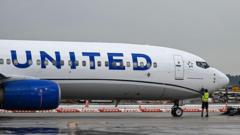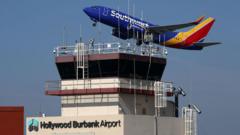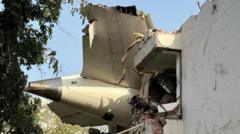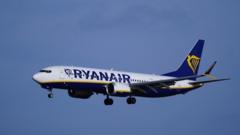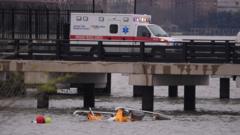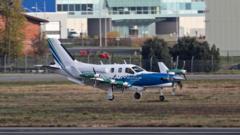Air traffic controllers at Newark Liberty International Airport experienced a significant communication breakdown last week, briefly losing contact with aircraft under their control. This incident, which occurred on April 28, has raised serious concerns as several employees were subsequently placed on trauma leave, leading to a ripple effect of hundreds of delayed or diverted flights. FlightAware reported that over 150 flights were cancelled on the following Monday, exacerbating travel woes at one of New York's busiest airports.
The Federal Aviation Administration (FAA) has acknowledged that the current air traffic control system is outdated and has been impacting workforce efficiency. Following the communication lapse, the agency confirmed that controllers had taken leave and mentioned the challenges of quickly replacing them. Efforts are ongoing to train additional controllers to manage the busy airspace effectively.
Recent criticisms have surfaced regarding air traffic control operations at Newark, especially after United Airlines announced the cancellation of 35 flights per day, citing that the airport is struggling to handle its scheduled traffic volume. Scott Kirby, the airline's CEO, noted that the operational issues had been compounded by over 20% of FAA controllers having "walked off the job."
The National Air Traffic Controllers Association reported that employees took leave under provisions meant for workers exposed to traumatic incidents. While the union has not disclosed the number of controllers affected or the duration of the communication failure, the FAA is under pressure to enhance workforce numbers.
In a bid to remedy staffing issues, the U.S. Department of Transportation recently unveiled a package aimed at increasing the recruitment of air traffic controllers. This plan intends to facilitate a faster onboarding process for new candidates while improving retention rates for experienced personnel. The FAA has set a goal to hire at least 2,000 controllers by the end of this year, following a troubled period marked by workforce reductions that began under the previous administration, particularly after a fatal plane collision in Washington, D.C.

